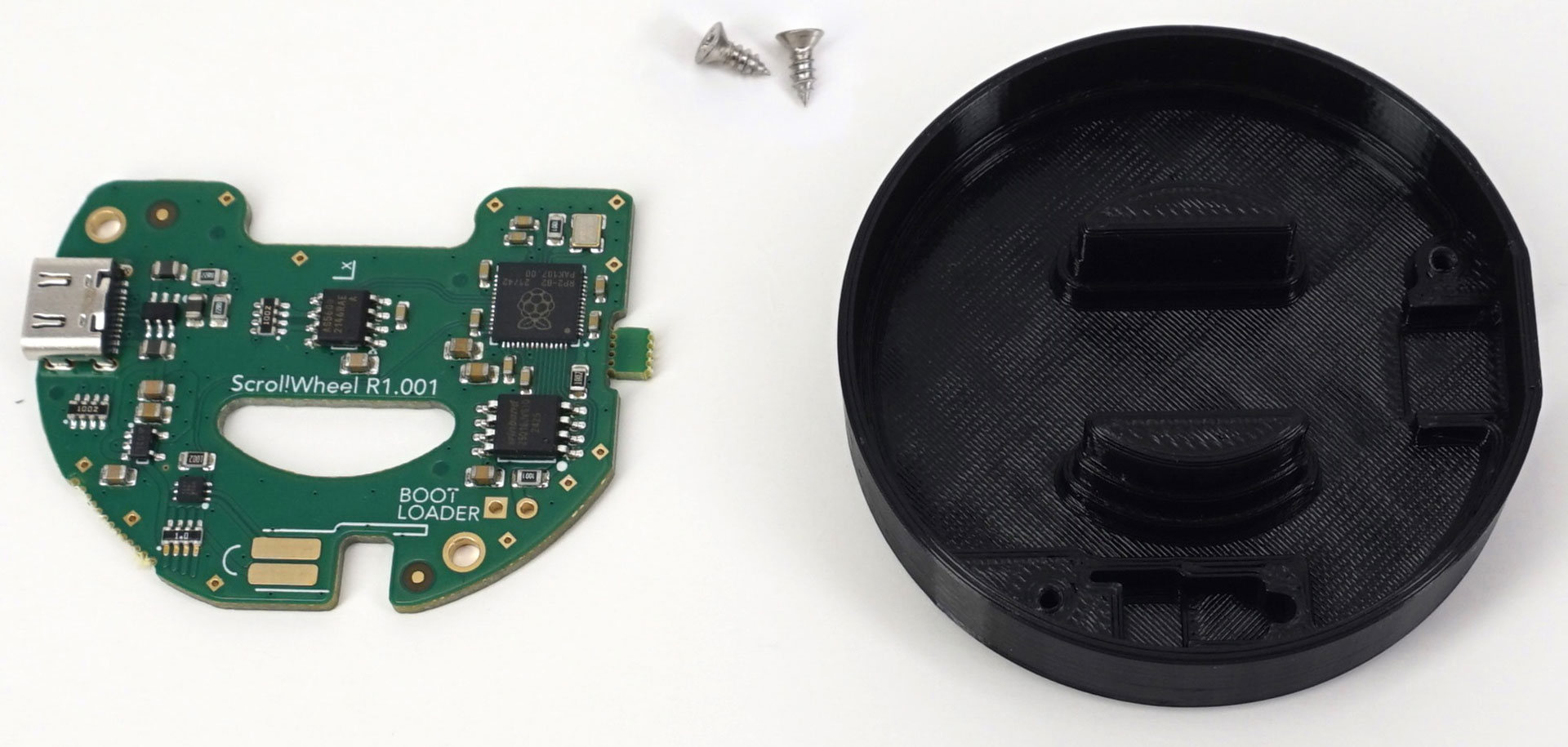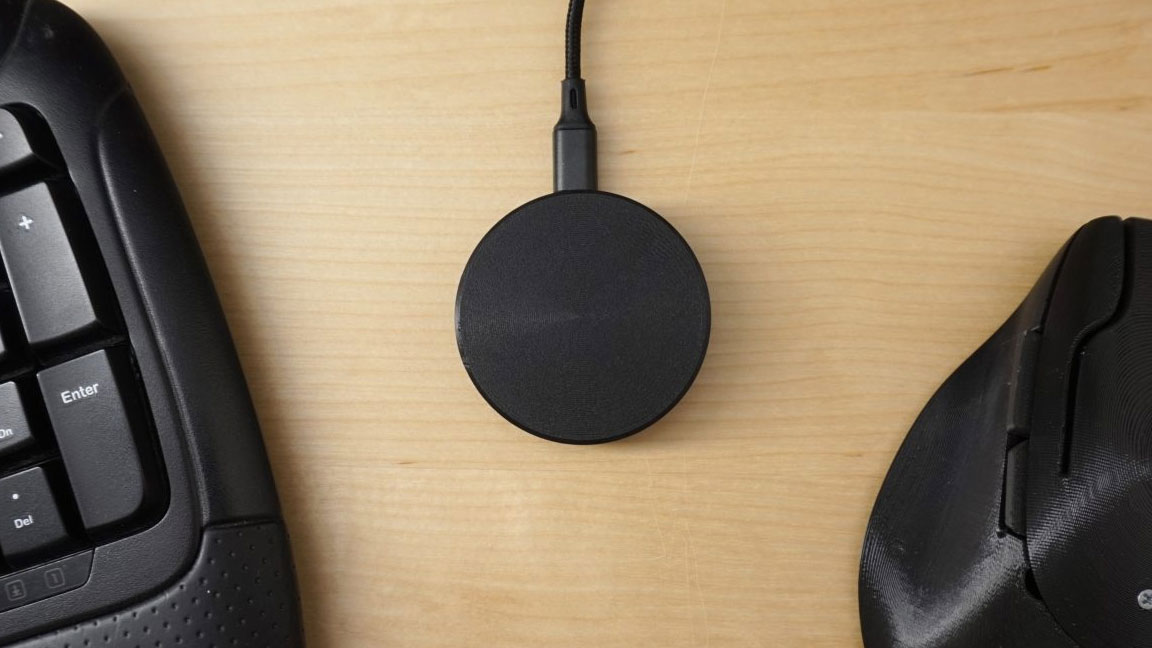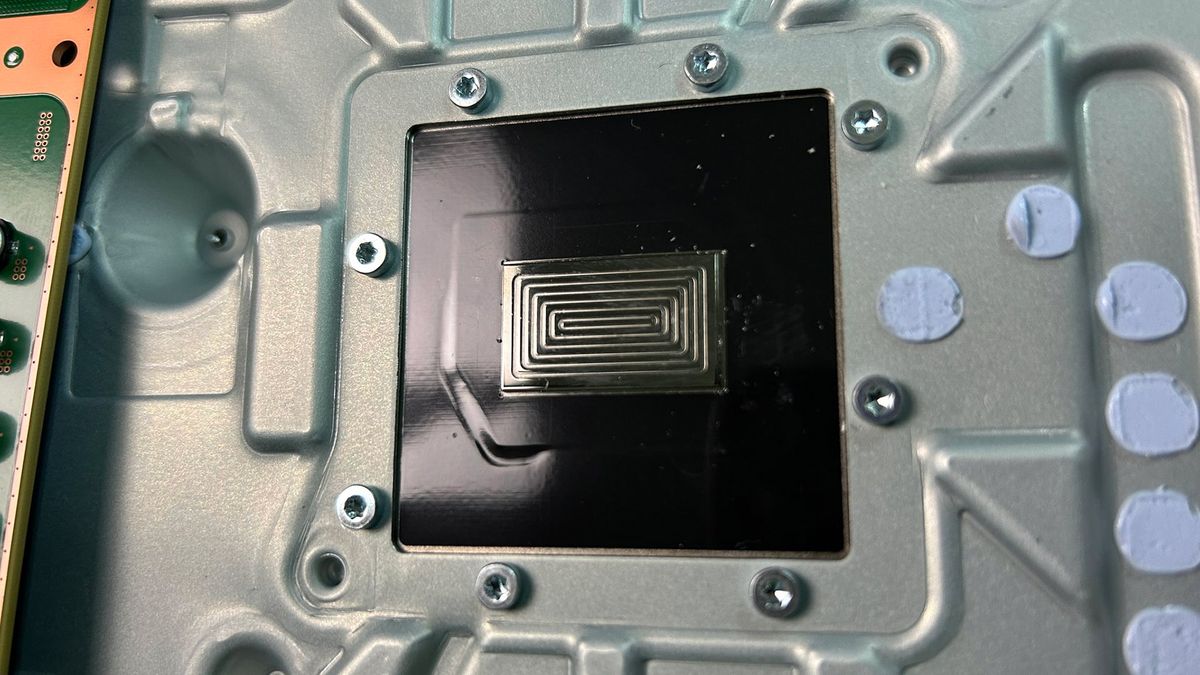If you are still computing in a workspace without hardware dials, Ploopy might have a solution for you. This USB desktop accessory adds an adaptable tactile rotary encoder to your input peripheral arsenal. Claimed to be both high precision and high resolution, the Ploopy Knob is now available for pre-order at CAD$49.99 ($36.75).
Ploopy differentiates its Knob from rival devices in a few compelling ways. Makers and computer freedom advocates will probably warm to the Knob’s 3D-printed, totally open-source design, but at Ploopy’s ticket price it is delivered ready to roll (scroll?). Out of the box, it offers “pixel-by-pixel scrolling precision” via its high-resolution sensor.

Thanks to its open source nature, Ploopy can comfortably claim that the Knob “can be programmed to do anything you want.” If vertical scrolling isn’t what you purchased the Knob for, it comes with the QMK firmware preloaded, which will probably a familiar feature to keyboard aficionados. Ploopy’s implementation is released under GPLv3. On the topic of open-source, all the hardware design files, including electronics and mechanical files, are released under OHL CERN v2-S.
As to what else you can do with the Ploopy Knob, there are a few helpful possibilities highlighted. Regular spreadsheet jockeys might prefer to use the Knob for horizontal scrolling. Similarly, music, media, and other timeline-based creative workflows may benefit from a horizontal scroller configuration. Another obvious use of dials like the Knob is for media control, particularly sound volume adjustment, as well as rewinding and fast forwarding clips.
How precise is the Ploopy Knob? On the firm’s blog, it is revealed that the sensor behind this device is the “formidable AS5600” position sensor. This offers 12 bits of position resolution, detecting rotational changes as small as one-tenth of a degree. In other words, it can detect your knob spinning even if you nudge it just 0.043 millimeters, or 0.00169291-inches.
We also noticed the Knob’s PCB features the RP2040 microcontroller, the brains behind the Raspberry Pi Pico W and many other devices.
Currently, high-resolution scrolling only works on Windows and Linux. On Macs, the dial functionality currently only works in discrete steps due to input device ‘smoothing.’

Acquiring a Ploopy Knob
Early access is now over, but at the time of writing there are still seats on Tier A, which means if you order a Ploopy Knob now it should be with you in about 8 weeks.
Remember, though, as a fully open source design you can easily customize the Knob when you get it, or even decide to build your own. If the latter option appeals, you should head on over to the Ploopy Knob GitHub page. I think I’d like one with a deeply textured top dial.
Ploopy may be a familiar name to regular readers, as we reported on its Raspberry Pi-powered open-source trackpad last year.
Follow Tom's Hardware on Google News to get our up-to-date news, analysis, and reviews in your feeds. Make sure to click the Follow button.

 5 months ago
95
5 months ago
95






 English (US) ·
English (US) ·